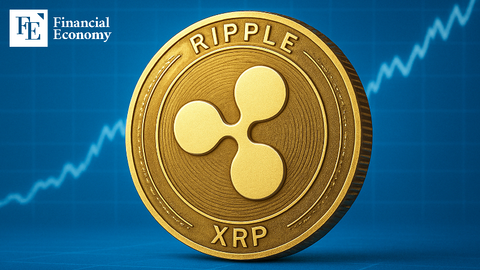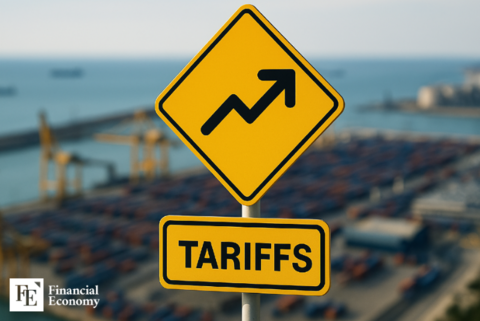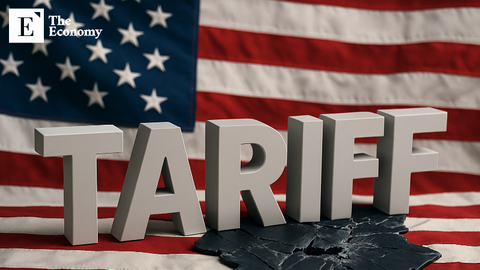Input
Changed
First Case Emphasizing XRP Utility Emerges
Real Contest Lies in Replacing Financial Infrastructure
Skepticism Grows Amid Utility vs. Valuation Debate
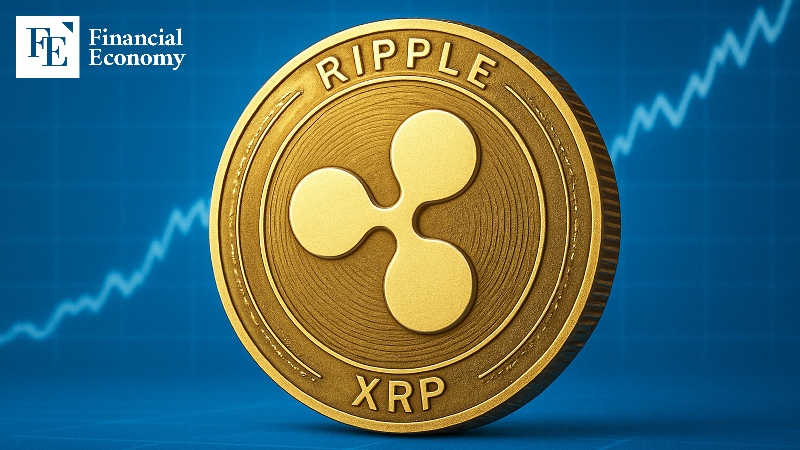
Medical equipment company Wellgistics Health has announced plans to integrate the cryptocurrency XRP across its business operations, marking the first real-world industrial use case highlighting Ripple’s utility. This development aligns with Ripple’s broader ambitions—such as its liquidity hub initiative and recent patent filings—which aim to challenge traditional bank settlement networks. However, despite such promising signals, XRP’s market value continues to fluctuate, exposing the widening disconnect between its growing utility and its still-volatile price, now a central issue in the ecosystem.
From Holding to Using: A Bold Corporate Experiment
Wellgistics, a Nasdaq-listed healthcare firm, recently revealed in its S-1 filing with the U.S. Securities and Exchange Commission (SEC) that it intends to deeply integrate XRP and the XRP Ledger (XRPL) into its core operations. The company’s vision goes beyond using XRP as a mere payment method, positioning it instead as a strategic financial asset. To that end, Wellgistics secured a $50 million investment fund from LDA Capital.
The company’s objective is to demonstrate that XRP is more than a dormant asset—it’s a genuinely useful one. Wellgistics plans to leverage XRP not only for payments, but across business-to-business transactions, corporate treasury holdings, and even as collateral for loans. The company also disclosed plans to use the asset to raise capital and generate revenue through XRP-based activities. This represents a groundbreaking approach that transcends simple asset holding, positioning XRP as a fully integrated component of corporate finance.
The case is drawing attention from both the blockchain industry and legal experts. With XRP now incorporated into a company’s financial strategy, observers see it as proof that cryptocurrencies can play a role in real-world business. Crypto legal analyst Bill Morgan commented, “This is one of the strongest cases for XRP as a practical tool solving real business problems,” noting that the move appears to target inefficiencies in healthcare supply chains by leveraging the speed and low cost of the XRP Ledger.
The market also responded positively to the news. Following the announcement, XRP significantly outperformed other altcoins (cryptocurrencies excluding Bitcoin), as investor excitement grew over Ripple’s increasing footprint in fintech, including its planned release of the RLUSD stablecoin. As of the 27th, XRP’s price surged to $3.70—over 20% higher than its July 24 low of $2.98.
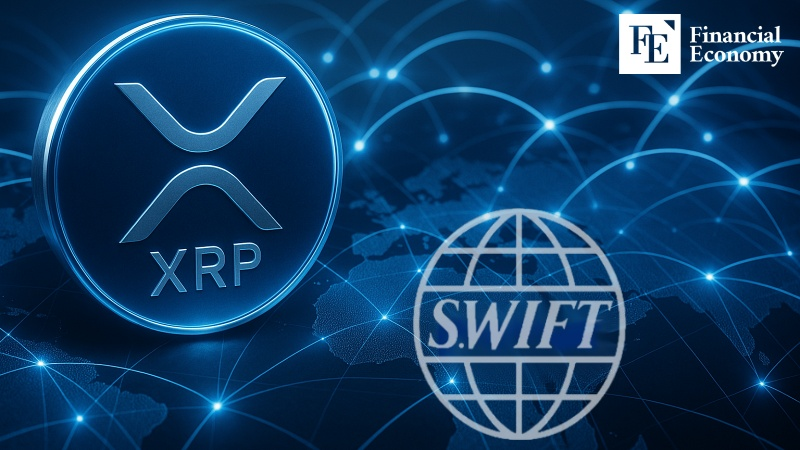
“Beyond the Experimental Stage”—Confidence in Global Utility
While the corporate use of XRP has provided early validation of its utility, Ripple Labs, the issuer of XRP, is aiming for much more. The company recently filed a patent for a “Provisional Consensus Subnetwork” that would serve as an alternative to legacy financial networks. Designed to facilitate faster and cheaper liquidity transfers than traditional bank systems, this new network would use XRP as a central medium—underscoring Ripple’s ambition to establish XRP as a global payments infrastructure.
At the same time, Ripple is moving forward with its “Liquidity Hub” initiative, a platform that would integrate currency exchanges and remittances between fiat and crypto assets, with XRP at the center. This platform could enable real-time foreign exchange transactions and potentially replace the SWIFT system used for international bank transfers. Should financial institutions and fintech firms adopt this platform to rapidly exchange assets, XRP could emerge as a central pillar in global liquidity provision.
Until now, Ripple has focused on offering a technological alternative to centralized financial systems. But with the Liquidity Hub and the newly disclosed patent, the company is signaling its intent to become a trusted infrastructure provider. This marks a significant shift—from blockchain ledger experimentation to the rollout of practical financial tools. Currently, only a few banks and corporate clients are participating in pilot programs, but Ripple Labs believes that if adoption accelerates, XRP’s global scalability will approach exponential levels.
However, Ripple’s strategy could soon bring it into direct conflict with the traditional financial establishment. Legacy systems like SWIFT are deeply embedded in global financial stability and regulatory compliance, meaning Ripple’s attempt to replace them could provoke significant regulatory pushback. Furthermore, with skepticism toward cryptocurrencies still widespread in mainstream finance, it remains unclear whether XRP can gain the institutional trust necessary to become a core financial instrument. Ripple’s roadmap may be clear, but the regulatory and trust barriers ahead are formidable.
“Corporate Use and Market Price Are Separate Matters”
Meanwhile, debate is intensifying among investors over the legitimacy of XRP’s current valuation. Recent forecasts have ranged wildly from $3 to $30, highlighting deep divisions on how to assess XRP’s worth. Some analysts argue that actual business adoption and market pricing are fundamentally disconnected, warning that greater utility does not necessarily translate into higher token value.
Indeed, while XRP’s price surged earlier this month, it dropped 9.65% in a single day on July 23, unsettling investors. This reflects the time lag between technology adoption and market reaction—a defining characteristic of the crypto sector. As a result, long-term holding becomes psychologically burdensome, particularly for investors seeking short-term gains. For such investors, Ripple’s long-term vision may offer little appeal.
In the end, XRP now faces the challenge of translating technical advancement and corporate adoption into market trust. Even as real-world implementation expands, investors remain cautious about connecting utility with valuation. Moving forward, the key question will be whether this utility-value gap can be effectively bridged. In many ways, it signals that the XRP ecosystem must shift its strategy from technological innovation to building trust.


